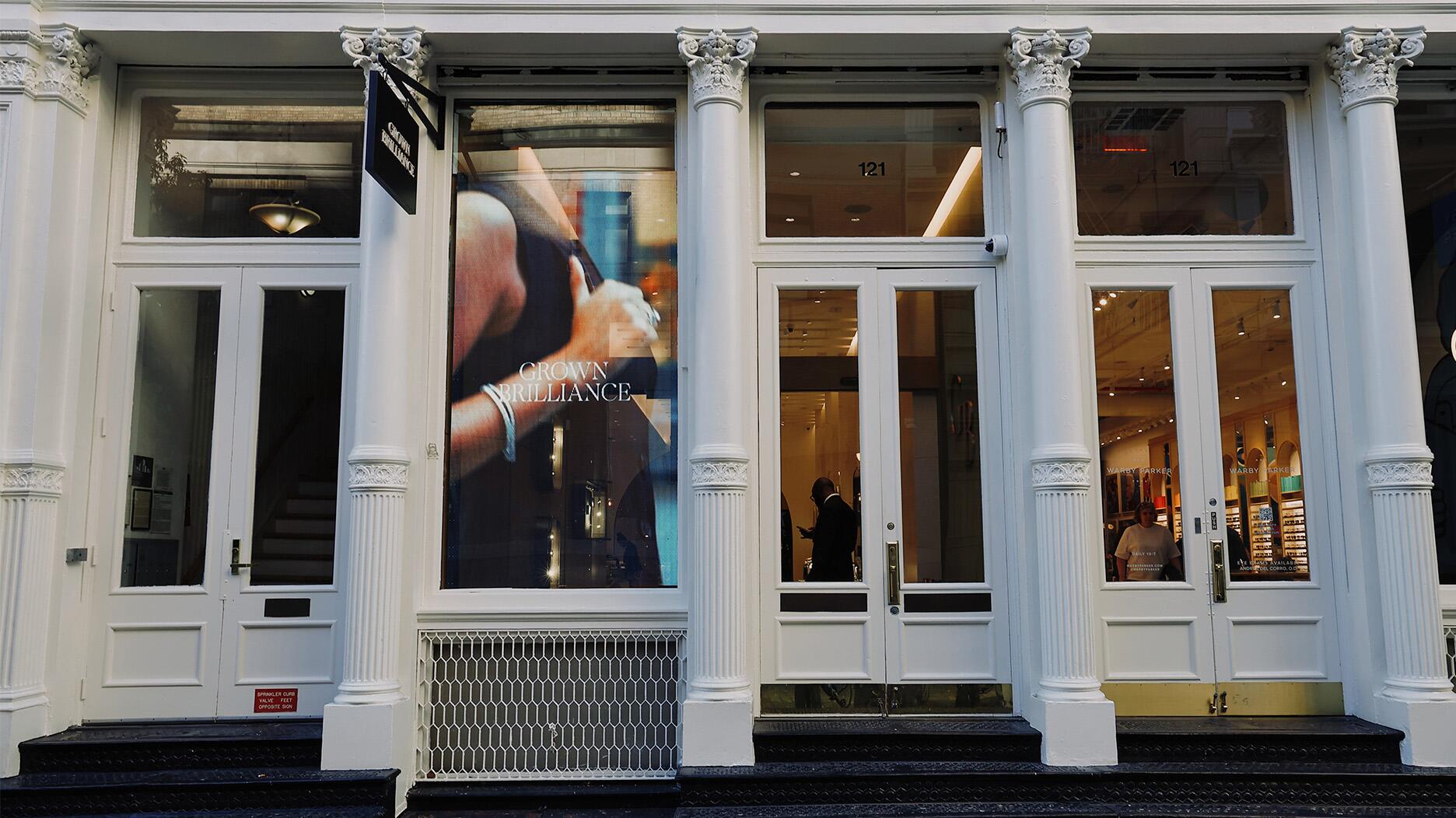During its Q3 call, CEO Efraim Grinberg discussed the deal to lower tariffs on Swiss-made watches, watch market trends, and more.
3 Moissanites With Fraudulent Inscriptions Submitted to GIA Lab
The stones were sent into the Johannesburg lab and researchers detailed their discovery in the fall issue of Gems & Gemology.

It is a first such discovery for the laboratory.
GIA reported on the finding in the fall 2020 issue of Gems & Gemology, in an article in the Lab Notes section authored by Sicebiso Hlatshwayo and Sally Eaton-Magaña.
The note specifically addressed the first of the three stones received, a 1.02-carat round brilliant recently submitted for a Diamond Grading report.
Standard testing showed the stone was not a diamond, and further tests proved it to be a synthetic (lab-grown) moissanite, Hlatshwayo and Eaton-Magaña wrote.
They noted simulants are “often” submitted to the lab for diamond grading but are easily rooted out using the standard grading process.
This is the first time, however, the lab has come across a fraudulent inscription on a diamond simulant, and the fake was apparent to graders for a number of reasons.
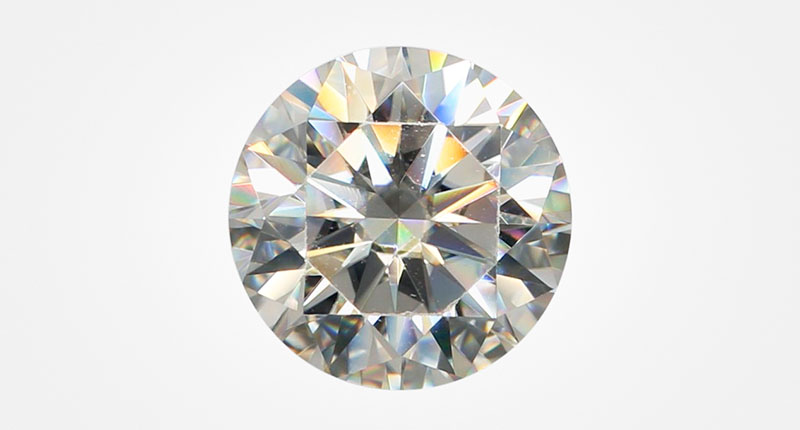
First, GIA checks all stones with a pre-existing inscription.
The report number on the 1.02-carat round brilliant moissanite belonged to an E-color natural diamond of the same carat weight graded in 2019.
The measurements of the stones, however, were “quite different” due to the fact that the two materials have a different specific gravity, Hlatshwayo and Eaton-Magaña wrote.
The specific gravity of diamond is 3.52 while moissanite’s is 3.22, which means that moissanite, any moissanite, has to be slightly larger than a diamond to equal its carat weight.
“Since the specific gravity of moissanite is smaller than diamond, it is less dense and needs to have a larger volume for the same weight,” GIA explained in an email to National Jeweler.
In addition, the font used for the inscription on the moissanite was “distinctly different” from GIA’s usual font and, while GIA does not assign clarity grades to lab-grown moissanite, the stone in question is equivalent to a VVS2, while the clarity grade on the report for the natural diamond is VVS1.
The lab note in the fall edition of Gems & Gemology did not provide details on the other two lab-grown moissanite submitted with fraudulent inscriptions, as they did not come into the lab until after the article was written.
The Latest
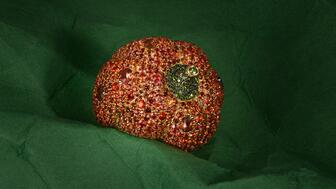
Rosior’s high jewelry cocktail ring with orange sapphires and green diamonds is the perfect Thanksgiving accessory.

The “Embrace Your True Colors” campaign features jewels with a vibrant color palette and poetry by Grammy-nominated artist Aja Monet.

How Jewelers of America’s 20 Under 40 are leading to ensure a brighter future for the jewelry industry.

Luxury veteran Alejandro Cuellar has stepped into the role at the Italian fine jewelry brand.


The company gave awards to four students at the Namibia University of Science & Technology, including one who is a Grandview Klein employee.

She is remembered as an artist who loved her craft and was devoted to her faith, her friends, and her family.

Roseco’s 704-page catalog showcases new lab-grown diamonds, findings, tools & more—available in print or interactive digital editions.

It joins the company’s other manufacturing facilities globally, including in India, Botswana, and Namibia.
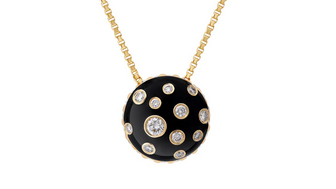
The polka dot pattern transcends time and has re-emerged as a trend in jewelry through round-shaped gemstones.

Vanessa Hickman, 49, allegedly sold a diamond bracelet that was mistakenly sent to her home.
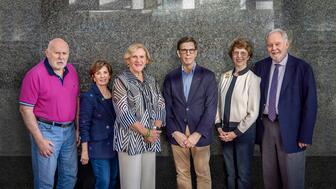
GIA’s former president and CEO was presented with the Richard T. Liddicoat Award for Distinguished Achievement.

Social media experts spoke about protecting brand reputation through behaving mindfully online.

In 2026, the three will come together as “House of Brands,” with Gallet sold in Breitling stores and Universal Genève sold separately.

The second drop, which includes more Elphaba-inspired pieces from additional designers, will continue to benefit nonprofit Dreams of Hope.

Second-generation jeweler Sean Dunn has taken on the role.

Amber Pepper’s main focus will be on digital innovation and engaging younger consumers.
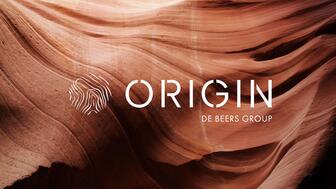
Called “Origin by De Beers Group,” the loose, polished diamonds are being sold in a total of 30 stores in the United States and Canada.
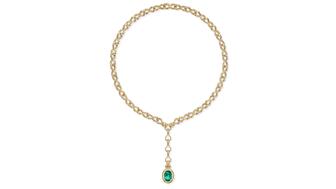
The lariat necklace features a 4.88-carat oval-cut Zambian emerald in 18-karat yellow gold.
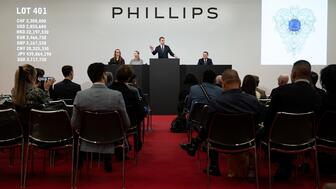
A 43-carat sapphire brooch from the Vanderbilt collection was the top lot of the Geneva sale.
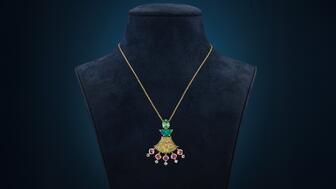
Rau is a fourth-generation art and antique dealer from M.S. Rau gallery whose first jewelry collection merges artifacts with modern design.

Former De Beers sustainability leader Purvi Shah will take over the role in February 2026.

La Joux-Perret is based in La Chaux-de-Fonds, Switzerland, and makes solar quartz as well as mechanical watch movements.

She previously taught at Gem-A and is the founder of The Gem Academy.

The British actress and her daughter modeled pieces from the brand’s new “Palette” capsule for its “Once Upon a Time” holiday campaign.

Plus, the tech giant shares the steps retailers should take if they believe they’re a victim of a review extortion scam.

Danny and Gaby Shaftel are now Shaftel Diamonds’ CEO and chief operating officer, respectively.














